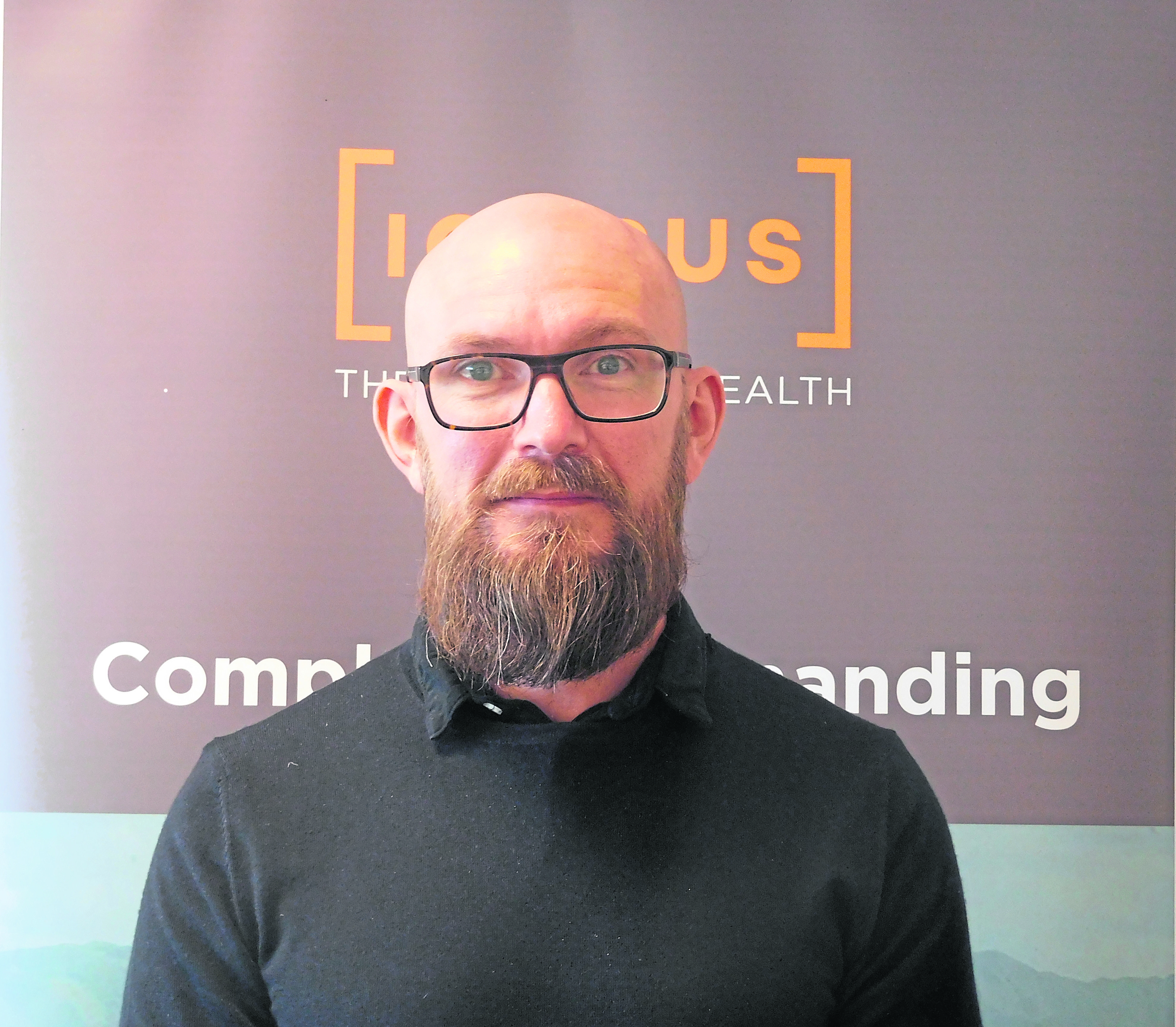
Employees are a company’s most valuable asset so it makes sense to look after them.
There’s an abundance of compelling evidence that promoting a healthy workforce boosts productivity, business performance, staff morale and employee engagement.
At the same time, it helps to reduce accidents and work-related ill health, sick pay and insurance costs, and pressure on employees forced to cover for those who are absent.
And with increasing health issues among the ageing offshore population increasing, oil and gas companies are turning to employee health screening to support the wellness and health of their workforces.
That is why we developed our personnel health checks – wellbeing and resilience assessment, which is designed to identify any risks for disease, reinforce positive behaviours and to empower employees to make positive lifestyle choices that help them to live long and healthier lives.
Employees are invited to attend a voluntary health check with an occupational health nurse or offshore medic, who will come on site with a full clinical kit to complete the assessments.
It’s important for the health checks to be comprehensive so they include height/weight/BMI, waist to hip ratio, blood pressure, resting heart rate, full cholesterol breakdown and cardiovascular risk score.
Lifestyle choices, such as diet, exercise, alcohol use and smoking, are also reviewed, which gives the occupational health nurse or offshore medic the opportunity to discuss the results with the individual and make personal recommendations where necessary.
This is all great news for the workforce because each individual who is issued with a booklet detailing their results and recommended areas of improvement is empowered to take charge of their health with professional guidance. This includes advice on how to increase exercise and reduce cholesterol and cardiovascular risk scores.
Of course, the results of these personnel health checks are a crucial resource for employers too.
The anonymised data enables an organisation to focus on specific areas of employee health concerns and apply resource and support accordingly.
If, for example, the results reveal a large number of smokers among the workforce, employers might increase access to smoking cessation services, while a prevalence of higher BMI scores, which puts individuals at risk of developing health problems such as heart disease, high blood pressure and type two diabetes, might lead to increased emphasis being put into dietary, healthy eating and exercise advice and services.
So far, the majority of our clients have benefited from personnel health checks. That amounts to several thousand workers who now have a far greater understanding of their own health status.
This has led to an increased access to occupational health services, with the opportunity for health interventions to be recommended.
Indeed, the very act of conducting the personnel health checks is in itself a way for organisations to demonstrate how much they value their workers.
And in doing so they will reap the benefits of a healthier, happier and more productive workforce.
Recommended for you

